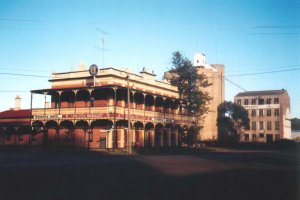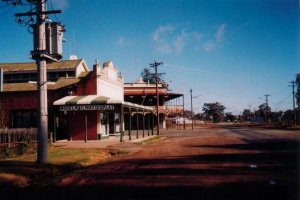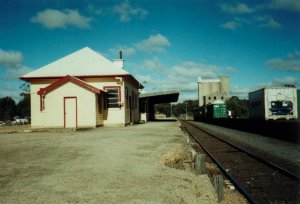I'm about to attempt my first scratch built construction, and it's going to be this (in HO):

Question is, what is the best method of adhering brick paper to card and/or styrene sheet, without it creasing, bubbling up, staining or have the inks run? What adhesive should I use? Should I perhaps use balsawood instead?
It's a bit big, and I have nowhere, really, to put it on Garahbara, but it'll be a good start to scratch building, and, hopefully, take pride of place on Garahbara MK II.

Question is, what is the best method of adhering brick paper to card and/or styrene sheet, without it creasing, bubbling up, staining or have the inks run? What adhesive should I use? Should I perhaps use balsawood instead?
It's a bit big, and I have nowhere, really, to put it on Garahbara, but it'll be a good start to scratch building, and, hopefully, take pride of place on Garahbara MK II.




